Many of our customers are based in Thailand, so we’ve partnered with leading carriers like COSCO, OOCL, APL, EMC, MSK, and HMM to secure favorable contract rates. These agreements let us provide competitive freight costs and reliable schedules for shipments from China to Thailand. Top China Forwarder makes the process effortless—leave the cargo with us, and we’ll deliver it smoothly. Request your better quote now.
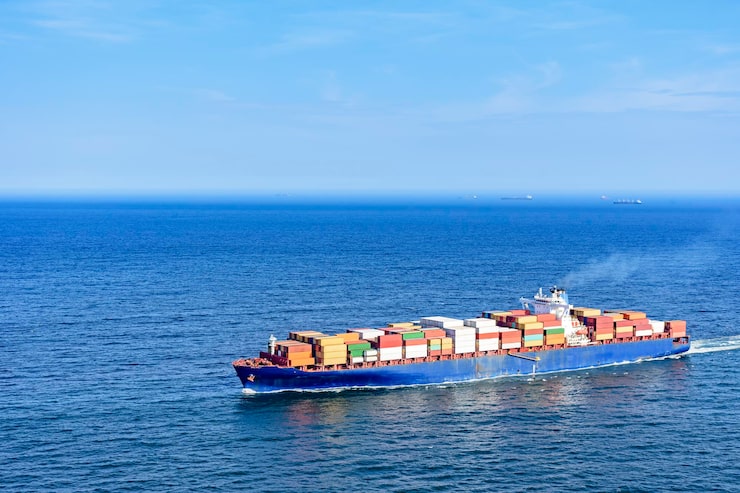
We provide competitive ocean freight rates and the best shipping solutions based on your required transit time when shipping from China to a port in Thailand, including inland ports.
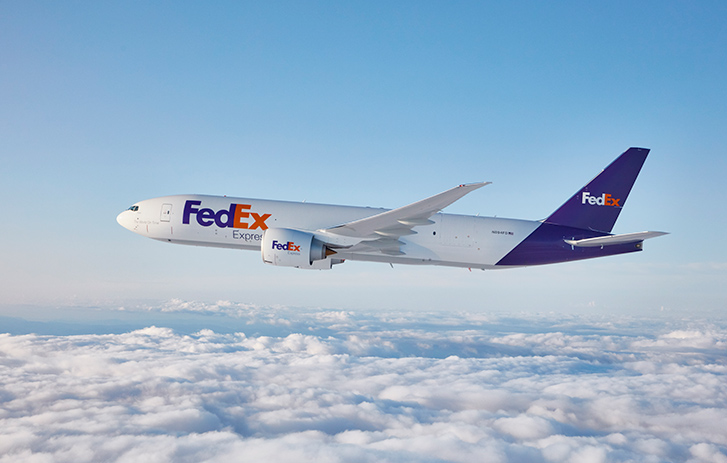
We choose the most suitable airline for your shipment based on your time requirements. Top China Forwarder is your best solution for air freight from China to Thailand.
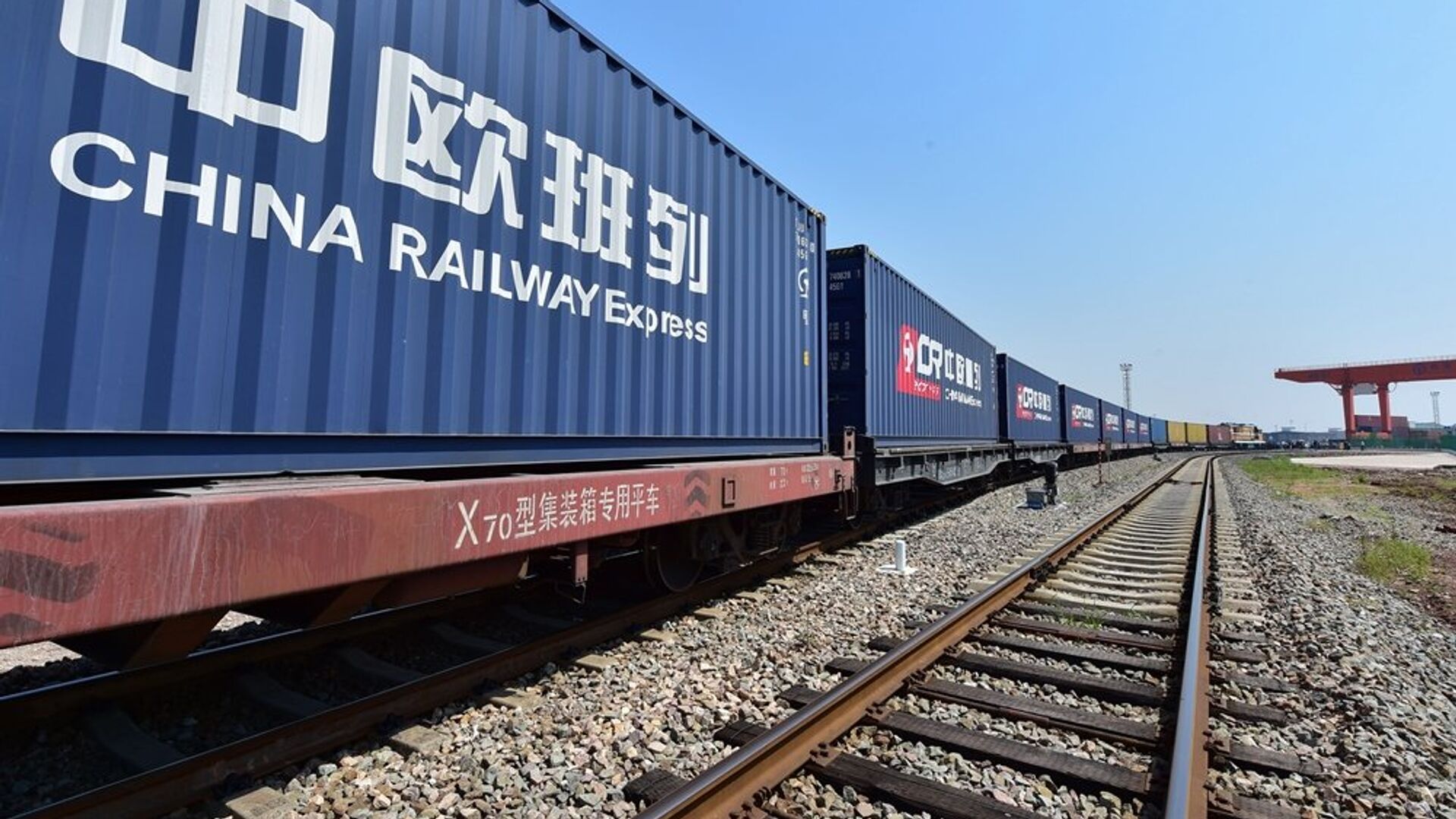
Whether for personal or business needs, we offer door-to-door shipping services, including customs clearance in Thailand.
Shipping large volumes to Thailand doesn’t have to be costly or complicated. With Top China Forwarder’s exclusive carrier contract rates, you enjoy reduced FCL (Full Container Load) costs while benefiting from end-to-end professional service. We manage the booking, oversee secure loading, and take care of customs formalities to keep your cargo moving smoothly. Our focus is on helping clients achieve timely deliveries at the best possible rates, supported by 24/7 assistance. Choosing us means more savings, greater reliability, and a partner you can count on for every shipment to Thailand.
At Top China Forwarder, we go beyond competitive freight pricing by offering first-class service at the destination port. Our LCL (Less than Container Load) shipping is designed for businesses that need a cost-effective alternative to FCL. We consolidate your cargo securely, streamline customs clearance, and arrange timely delivery, ensuring every step runs efficiently. With round-the-clock support and transparent handling, we make international shipping to Thailand simple, reliable, and affordable—perfect for companies seeking both value and peace of mind.
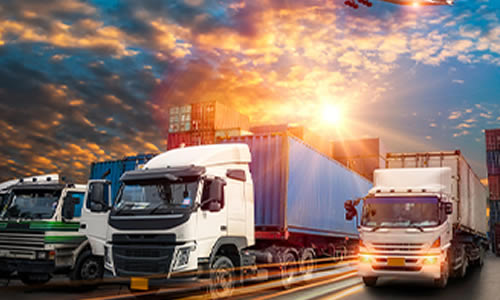
Top China Forwarder offers the most fuel-efficient pickup service across China.
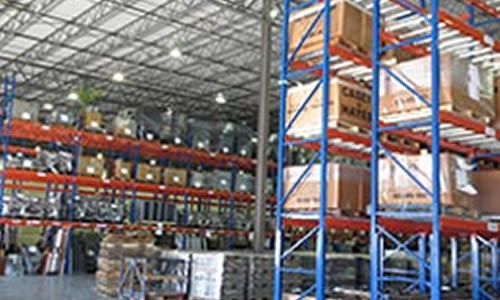
We provide free warehousing services, ensuring secure storage for your goods.
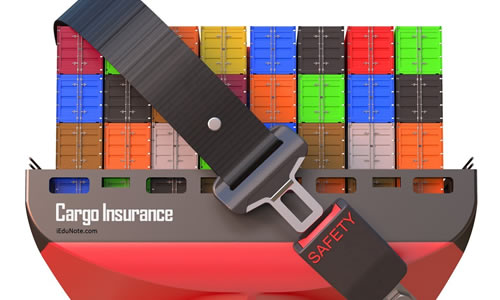
Our cargo insurance protects your goods all the way to any FBA Warehouse, providing peace of mind.
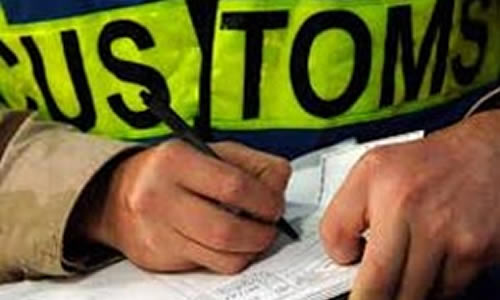
We handle all paperwork and details for smooth customs clearance.
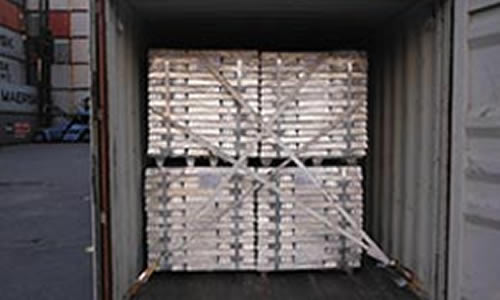
We ensure safe packaging and loading of goods at your suppliers' factories.
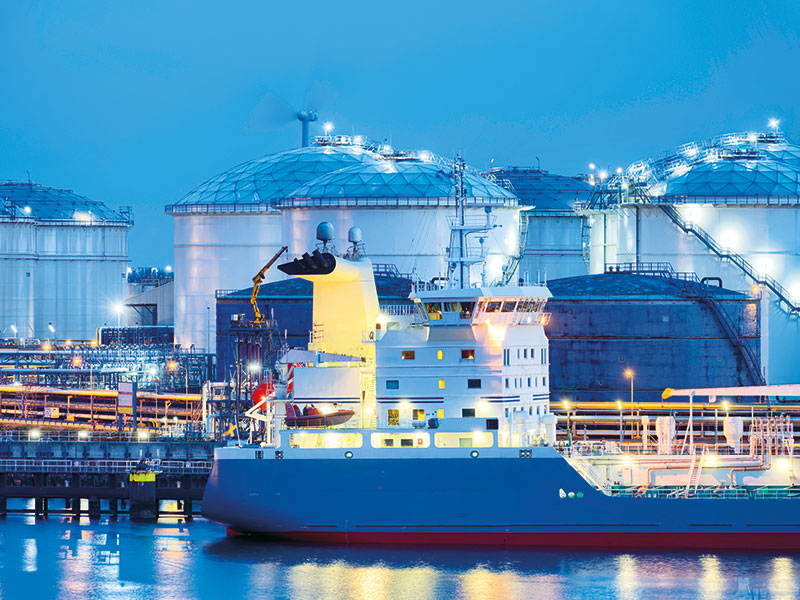
The shipping time from China to Thailand varies depending on the mode of transportation chosen. Air freight usually takes around 2 to 5 days, making it the fastest option for urgent shipments. Sea freight, on the other hand, can take between 7 to 14 days, depending on the departure and arrival ports and the specific shipping route. For less-than-container load (LCL) shipments, transit times may be slightly longer due to the consolidation and deconsolidation process. Additionally, customs clearance procedures in both countries can affect the overall shipping time. It is advisable to plan ahead and choose the shipping method that best suits your delivery timeline and budget.
Shipping costs from China to Thailand are influenced by several factors, including the mode of transport (air or sea), the weight and volume of the cargo, the shipping route, and any additional services required. Air freight costs are generally higher due to the speed and efficiency of the service, with rates calculated based on the weight and dimensions of the shipment. Sea freight is more economical for larger and heavier shipments, with costs determined by the container size (FCL) or cargo volume (LCL). Other costs to consider include customs duties, taxes, cargo insurance, handling fees, and any surcharges imposed by the shipping company. Obtaining quotes from multiple freight forwarders can help you find the most competitive rates for your shipping needs.
Shipping goods from China to Thailand involves several key steps:
Arranging air freight from China to Thailand involves several important steps:
To arrange sea shipping from China to Thailand, follow these steps:
Air shipping is the best option under specific circumstances:
Importing goods from China to Thailand involves several tax and duty requirements:
Deciding between LCL and FCL depends on several factors:
Tracking your shipment involves:
Shipping goods requires:
I am a lot of satisfied with crafted by Top China Forwarder. Each shipment was finished so rapidly with no single harm to the items. Likewise, their cargo rates were overly low, and they have an exceptional client care unit.
Initially I doubted their commitment whether they’ll be able to deliver it on time but they actually delivered it two days before the commitment. The executive was also very understanding. I received my items in a perfect state! Everyone should work with them.
I chose Top China Forwarder as I had confidence that would would deliver a great service. From when I booked to when the car arrived everything was easy. I could keep updated on progress with the tracking device. It was quick, efficient and the contact I had to get documents for pick up was no fuss and professional. It was a great experience.